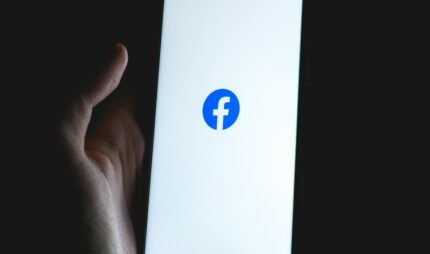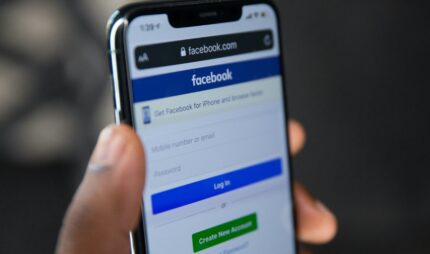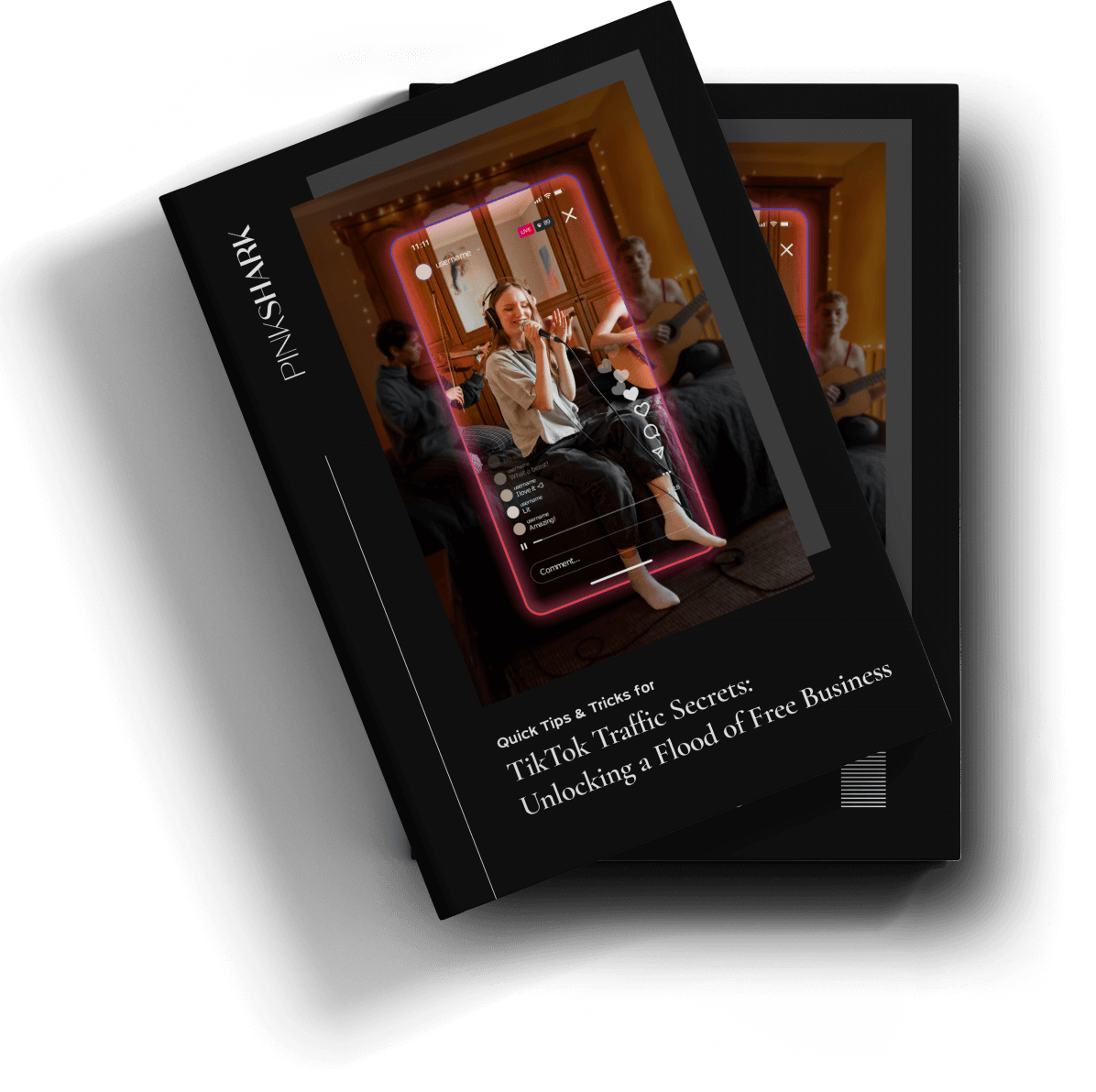If you’ve been paying attention to how people are designing websites these days, you may have noticed a trend toward increased customizability. If you’ve seen only one example of this, it’s probably “dark mode,” an increasingly popular feature of social media platforms as well as other websites that attract a diverse array of viewers at all times of the day and night.
By designing websites with a dark mode option, site owners are ostensibly giving their existing visitors more incentive to come back under different conditions and on different devices. A brightly colored website with lots of white space may be perfectly appealing on a desktop computer when viewed under the full-sun conditions of an office, but the same user interface will probably be extremely jarring if you click onto it in the middle of the night, with the phone or tablet you keep by your bedside.
Of course, that problem isn’t necessarily fixed by designing websites that simply give visitors the option to manually change from one mode to another. That may be adequate for visitors who are worried about the eye strain caused by long-term use of light mode, but it doesn’t eliminate the jarring experience of being exposed to that mode in the first place.
Aversion to that experience may be enough to prevent some visitors from even going to the trouble of making the manual switch. And it’s worth mentioning that there are certain types of users for whom that aversion will be especially serious. If a person is prone to migraines or has particular symptoms of neurodivergence, then designing a website with bright colors or vivid animations may actually cause them discomfort.
In those situations, the discomfort may even manifest under normal light conditions, on multiple devices. And while it may not be possible to design websites that accommodate all possible issues right from the get-go, questions of accessibility underscore the need for giving visitors certain display options, especially if a site owner wants to attract the broadest possible array of users.
Consider the Trade-Offs
In a previous post at this blog, we talked about the trade-offs that business owners might have to make when deciding whether to personally manage their social media marketing campaign or to give it over to professionals who are better-positioned to help them avoid possible public relations snafus.
It should come as no surprise when we say that this is only one of many examples of the trade-offs that site owners and web service providers will have to navigate throughout the process of designing websites, managing content, developing and implementing marketing strategies, and so on. When it comes to accessibility and different types of user interface, there are certainly trade-offs that affect which types of visitors your site appeals to, and how.
As with social media marketing, your management of web design trade-offs will probably rely in part on an analysis of your target audience. Ideally, you and your web service providers should run this analysis before designing websites and presenting them to that audience. But these sorts of analytics should also be an ongoing process, so if you have to make changes to your website after the fact, that’s fine too.
There’s no limit to the amount of information that such analysis can potentially ascertain. And if accessibility is on your mind at all when designing websites for your business, then you might use the process to determine how likely it is that a portion of your audience will be prone to light sensitivity or other issues that might degrade their user experience. Furthermore, a thorough understanding of your audience may reveal whether it comprises the sorts of people who would be sensitive to issues of accessibility even if they are not personally affected by them. If so, designing websites with dark mode and other customizations could be a positive move for your public relations, whether or not it has a significant practical benefit.
As to what those other customizations might look like, they could involve having a version of your website that includes animations and contrasting colors and one that excludes those elements in consideration of people who would find them distracting or who would struggle to engage with the content as a result of attention deficit disorder, colorblindness, or other fairly common issues.
While making these accommodations options may create a small obstacle to accessibility, it helps you to avoid the permanent trade-off that comes with designing websites that exclude eye-catching or fun elements that would appeal to persons for whom accessibility is not an issue.
Responsive Web Design
Presently, it’s just not possible to create a website that’s customized to each individual user. Someday soon, this might change with the manufacture of software that allows users to select from a series of preferences that automatically turn off animations, mute certain colors, or turn on dark mode whenever those options are available. But for the time being, it’s up to web designers to make customization as easy as possible while sacrificing as little of the site’s uniqueness as they can.
One way of accomplishing this is through responsive web design, the general importance of which we’ve talked about many times on this blog. If you’ve read any of those posts, you probably recognize that phrase as describing a tool for designing websites that will display properly across various different devices and browsers. But in the same way your design team uses this to change resolution to match screen size, they can also use it to change other features of UI.
If, for instance, you determine that visitors to your site tend to turn on dark mode when accessing your site from a smartphone but not from a computer, it’s possible to configure the site so that dark mode is the default display setting for smartphones, or for smartphones that access the site after a designated time. It’s not a perfect solution for issues of accessibility and individual preference, but it is a sure-fire way of signaling to your audience that you’re actively thinking about their comfort.



